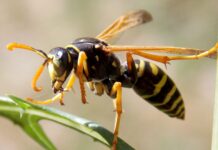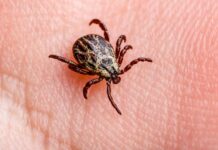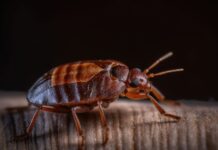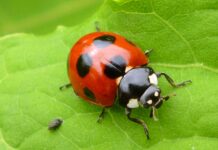Caterpillars, the larval stage of butterflies and moths, lead fascinating yet often overlooked lives in Cleveland’s gardens and natural landscapes. These remarkable creatures not only undergo remarkable transformations but also play vital roles in local ecosystems as pollinators and contributors to the food web. Let’s delve into the identification and preservation of Cleveland’s native caterpillar species.
Identifying Native Caterpillars:
1. Monarch Caterpillar (Danaus plexippus):
- Appearance: Brightly striped with yellow, black, and white bands, often found on milkweed plants.
- Conservation: As iconic pollinators, monarch caterpillars depend on milkweed and are in need of conservation efforts due to habitat loss.
2. Eastern Tiger Swallowtail Caterpillar (Papilio glaucus):
- Appearance: Resembles bird droppings in its early stages but later develops green and yellow stripes with fake eye spots.
- Host Plants: Feeds on various trees, including tulip trees and wild cherry.
3. Black Swallowtail Caterpillar (Papilio polyxenes):
- Appearance: Young caterpillars are black with a white band, while older ones display green stripes and orange spots.
- Host Plants: Commonly found on plants like parsley, dill, and fennel.
Protecting Native Caterpillars:
1. Preserve Native Plants:
- Plant Diversity: Include native host plants in gardens to provide food sources for caterpillars. For example, milkweed for monarchs or parsley for black swallowtails.
- Avoid Pesticides: Minimize pesticide use to protect caterpillars from harmful chemicals.
2. Caterpillar-Friendly Gardens:
- Shelter and Habitat: Create habitats with diverse vegetation and sheltered spaces to encourage caterpillar presence.
- Nectar Sources: Plant nectar-rich flowers to attract adult butterflies and moths, supporting their life cycle.
3. Community Engagement:
- Education Programs: Support and participate in educational programs about the importance of native caterpillars in Cleveland’s ecosystems.
- Community Gardens: Collaborate with local garden initiatives to promote the inclusion of native plants that support caterpillar populations.
Promoting Awareness and Conservation:
- Observation and Learning: Observe caterpillar behavior and life cycles in local gardens and parks to appreciate their significance.
- Conservation Efforts: Engage in or support local conservation projects aimed at preserving native habitats and caterpillar populations.
By identifying native caterpillars, preserving their habitats, and advocating for their protection, Cleveland residents can actively contribute to the conservation of these remarkable and vital components of the local ecosystem.










